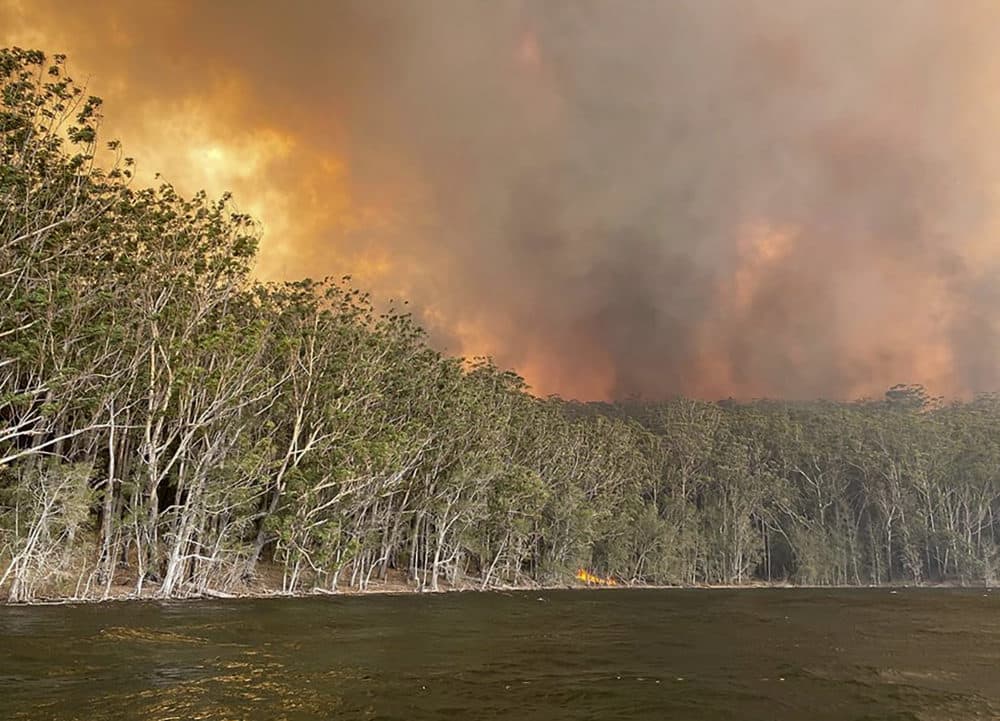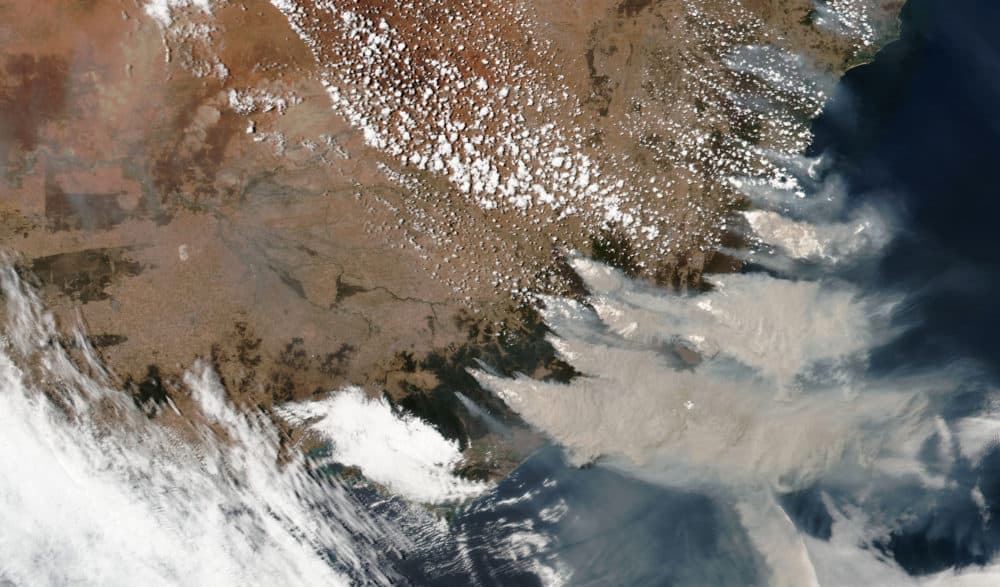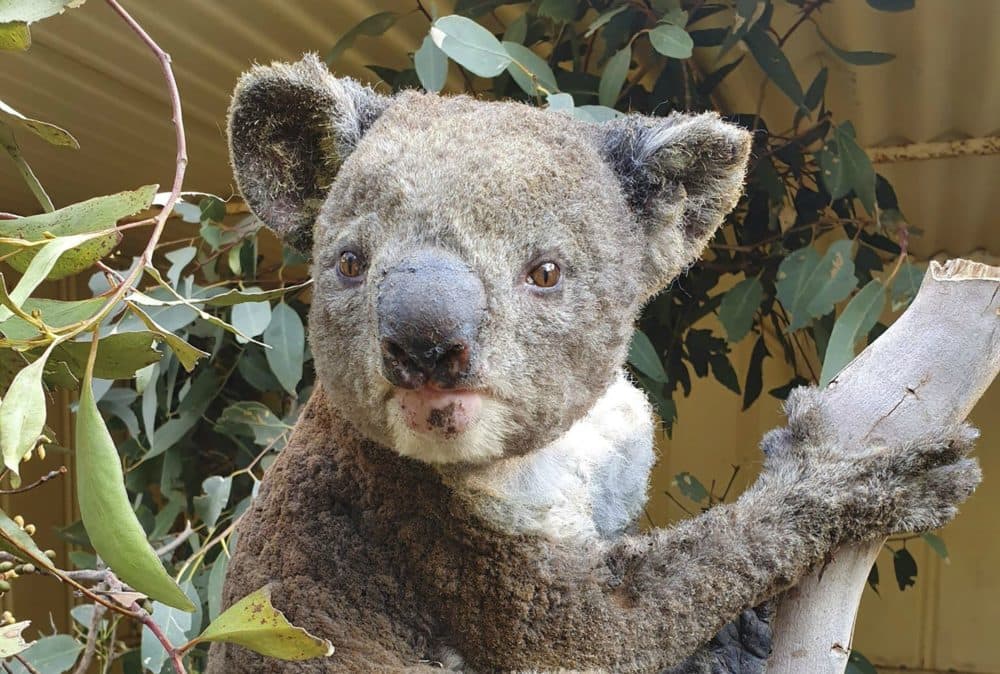Advertisement
Commentary
We Are All Australians

Cobargo. Tamboon. Manyana. Bendalong. Ulladulla.
Those are a few of the towns in the path of immense firestorms now burning out of control in Australia. Images in the news show the countryside ablaze under unearthly orange-pink smoke-filled skies. The death toll is rising daily, almost 15 million acres have burned, and forecasters say no relief is in sight.
In the seaside town of Mallacoota, 4,000 people were stranded when encroaching fires cut off all exit routes and forced people to find refuge on beaches. The Australian Navy was called in for a Dunkirkesque evacuation, successfully ferrying residents and vacationers through the smoke to ships offshore.
But as Churchill said, wars are not won by evacuations. What has already been one of the most severe fire seasons in the country’s history still has at least a month to go. Australians are well-accustomed to bushfires, but this year’s combination of drought, extreme heat, high winds, and low humidity is making conditions hellish.
Anybody who’s paying attention will quickly make the connection between Australia’s recent long stretch of scorching weather and human-caused climate change.
Last year, 2019, was the country’s hottest and driest year on record, exceeding the high mark set in 2013. Climate scientists have consistently predicted that increasing greenhouse gas levels in the atmosphere, due to fossil fuels, will lead to higher temperatures and more prolonged droughts.

Bushfires thrive on the hot and dry conditions fostered by the warming climate. And the ferocious fire season this year is awkwardly juxtaposed with Australia’s booming fossil fuel industry, which has benefited from its government’s steadfast support.
Coal production has increased steadily since the early 1980s. Australia exports more coal than any other nation, and it recently surpassed Qatar as the world’s leading exporter of liquefied natural gas.
In the compiled 2020 Climate Change Performance Index — which ranked 61 countries on emissions, renewable energy, per capita energy consumption and climate policy — Australia ranked 56th in overall performance.
Because of Australia’s role as one of the world’s premier purveyors of fossil fuels, the bushfire crisis seems like a case of climate karma. Tut-tut, mate, you own it.
But the government is having none of that. Deputy Prime Minister Michael McCormack angrily dismissed suggestions that the bushfires were linked to climate change, calling his critics “inner-city raving lunatics.”
Advertisement

The country’s energy minister has insisted that exporting natural gas actually lowers global emissions because it displaces dirtier coal, an argument that several analysts have thoroughly dismantled.
And Prime Minister Scott Morrison has repeatedly said that now, while the fires still burn, is not the time to discuss climate policy, echoing statements Trump administration officials made in the aftermath of devastating hurricanes in 2017.
The reality is that Australian jobs, energy, and exports depend mightily on fossil fuels. The people in power are loath to contemplate any measures that would stall the economy, even in the face of the ecological disaster now unfolding.
If that sounds familiar, it’s because American energy policy follows the same outline. The Trump administration’s disdain for any climate-related legislation that would pose a threat to the dominance of fossil fuels is well known. And in the national rankings mentioned above, in which Australia was the sixth-worst, the U.S. sits at the very bottom: 61 out of 61.
Other countries are similarly protective of their fossil wealth. Russia’s economy is thoroughly dependent on oil and gas, and it is aggressively looking to expand production.

Nations act in their perceived self-interest before they act as members of the global community, and that’s what is making the climate crisis so intractable. The failure of the climate talks in Madrid this past December is a case in point.
Australia should take ownership of the bushfires — their political leaders should forthrightly acknowledge the connection to the energy policies they’ve pursued.
The U.S. owns the fires, too. It has put more carbon into the atmosphere than any other nation, and it still ranks first in per capita emissions of greenhouse gases.
China also owns the bushfires, and so does Russia. Any country that stakes its future on fossil fuels owns the bushfires. Any country not 100% committed to a prompt transition to an economy based on renewable energy is complicit.
As we watch Australia’s fires burn, let’s remember that we share this fragile planet and that climate change is blind to national borders. We share consequences as we share responsibility.
Today, we are all Australians.
